معرفی
Chemical injection quills play a crucial role in modern industrial processes. These devices ensure precise chemical dosing into pressurized systems. Industries ranging from oil and gas to water treatment rely on them. The quills protect equipment from corrosion and blockage. They also enable the controlled release of additives. This control is essential for maintaining system efficiency and compliance with environmental standards. Furthermore, quills enhance the reaction effectiveness by ensuring optimal mix conditions. As a result, they improve product quality and process safety. Their importance continues to grow as industries seek more reliable and efficient methods. Thus, understanding chemical injection quills is key for any industry professional focused on process optimization.
Understanding Chemical Injection Quills
What is a Chemical Injection Quill?
A chemical injection quill is a specialized device used to inject chemicals directly into a pipeline or vessel at a controlled rate. It is designed to ensure that the chemicals are evenly dispersed within the flow of the process fluid, preventing issues such as corrosion or scaling that can occur when chemicals are not properly mixed. Typically, a chemical injection quill consists of a long, narrow tube that extends into the pipeline, allowing for the chemical to be introduced into the center of the flow stream. This placement helps achieve a more uniform distribution and effective mixing of the chemical with the process fluids, enhancing the efficiency and effectiveness of the chemical treatment.
Materials Used in Construction
Manufacturers commonly use stainless steel to construct chemical injection quills due to its corrosion resistance and durability. This material stands up well against harsh chemicals and high pressures, making it ideal for industrial use. In more corrosive environments, manufacturers may opt for materials like Hastelloy or titanium. These options offer superior resistance to chemical degradation. Additionally, some applications might use PVC or Teflon, especially where lower temperatures and less corrosive chemicals are involved. Each material selection ensures the quill’s longevity and reliability, crucial for maintaining system integrity and efficiency. Thus, choosing the right material is vital for optimal performance.
Understanding Chemical Injection Quills
What is a Chemical Injection Quill?
A chemical injection quill is a device that injects chemicals directly into a pipeline or vessel. It ensures that chemicals mix thoroughly with the process fluid, optimizing the treatment effectiveness and protecting the system from corrosion or clogging.
اجزا و طراحی
The main components of a chemical injection quill include the injection tube, check valve, process connection, and chemical inlet. The injection tube extends into the pipeline, delivering chemicals into the center of the flow. This placement ensures even distribution across the entire stream. The check valve, crucial for preventing backflow, ensures that the process fluid does not enter the chemical supply line. Manufacturers often design the quill with a threaded or flanged process connection to attach securely to the pipeline. The chemical inlet provides the point at which the chemical enters the quill.
Materials Used in Construction
Material choice is critical for chemical injection quills, as it directly impacts their durability and resistance to corrosion. Stainless steel is a common choice due to its robustness and resistance to many chemicals. For more aggressive environments, manufacturers may choose materials like Hastelloy or titanium, known for their superior corrosion resistance. In applications involving less corrosive substances or lower pressures, PVC or Teflon might suffice. Each material offers unique benefits, making the selection process crucial for ensuring long-term functionality and safety. Thus, the material used must align with the specific chemical properties and operational conditions of the application. This careful selection helps maintain the integrity and efficiency of the entire system.
Applications of Chemical Injection Quills
صنعت نفت و گاز
In the oil and gas industry, operators use chemical injection quills to inject corrosion inhibitors and scale preventatives directly into pipelines and well sites. This application helps maintain pipeline integrity and ensures smooth operation, critical in environments dealing with high pressures and corrosive substances. Additionally, quills deliver biocides to control microbial growth, which can affect the system’s efficiency and safety.
Water Treatment Facilities
At water treatment facilities, chemical injection quills play a vital role in disinfection and pH control processes. Operators inject chlorine and other disinfectants to eliminate harmful pathogens from the water supply. Moreover, they use quills to add pH adjusters that help maintain the balance necessary for effective water treatment. This precise chemical dosing ensures the safety and quality of the water, meeting health standards and regulatory requirements.
نتیجه
Chemical injection quills are essential for ensuring precise and efficient chemical delivery in various industrial applications. They prevent pipeline damage and enhance operational integrity, especially in harsh environments. When selecting quills, it’s crucial to choose materials that match the chemical properties and system requirements. Proper selection and maintenance of these quills optimize their effectiveness and extend the life of the infrastructure. Ultimately, using chemical injection quills effectively guarantees better system performance and safety.


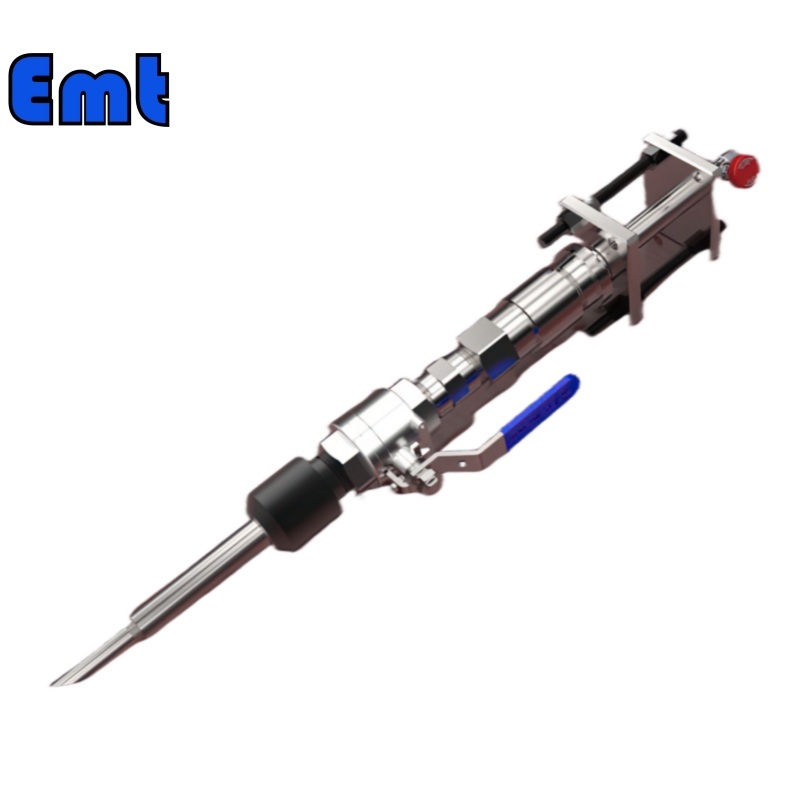
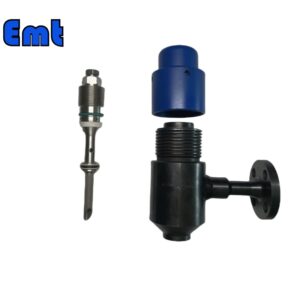
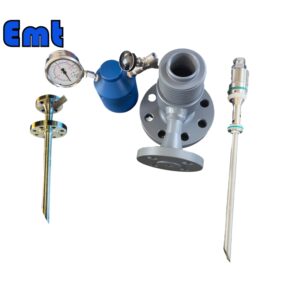

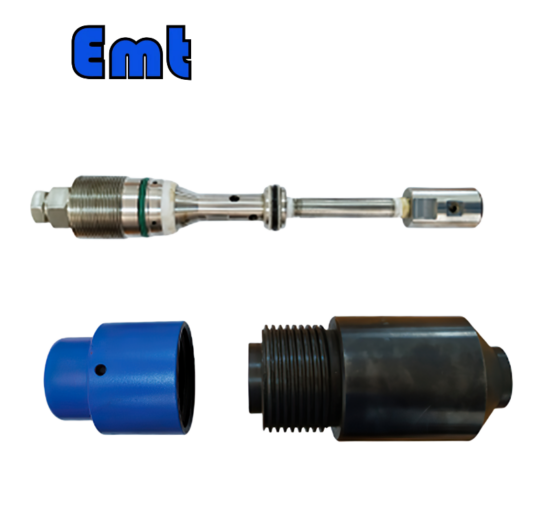
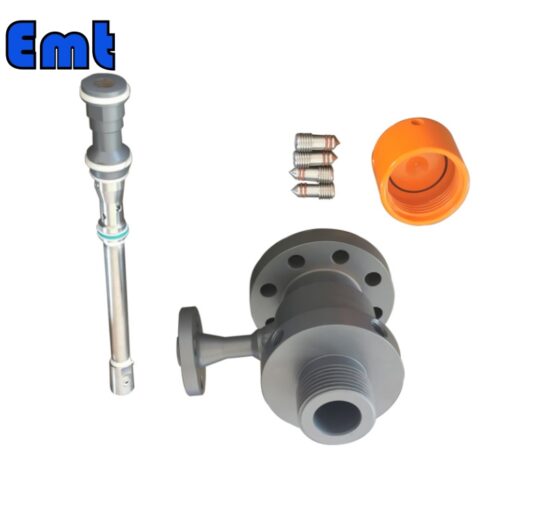
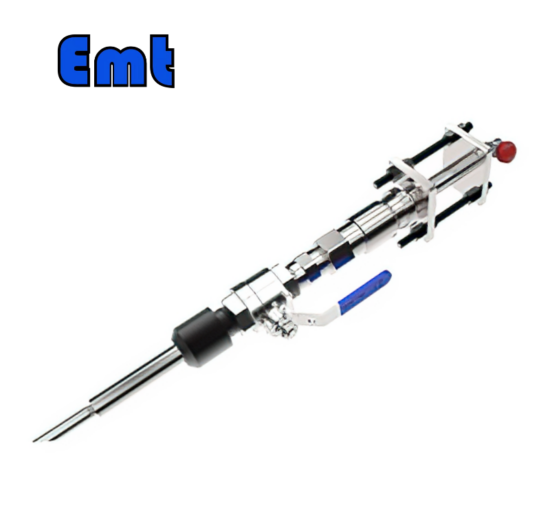
هنوز هیچ بررسی وجود ندارد.